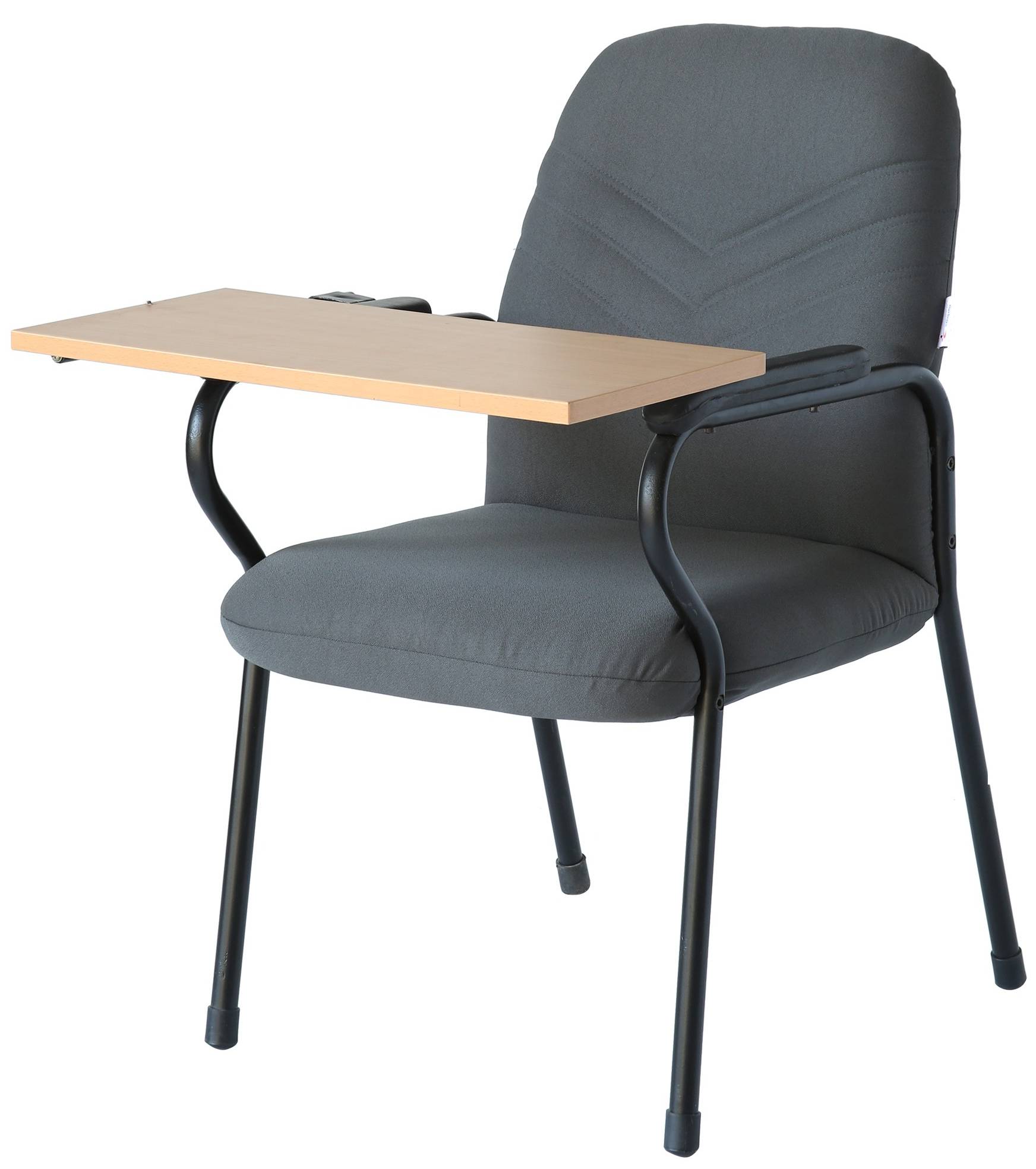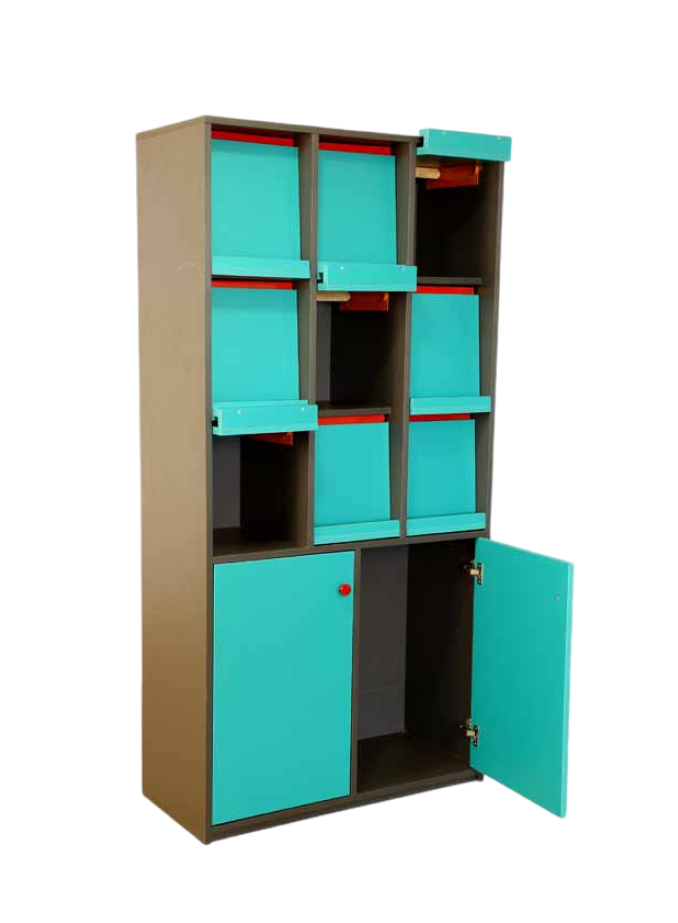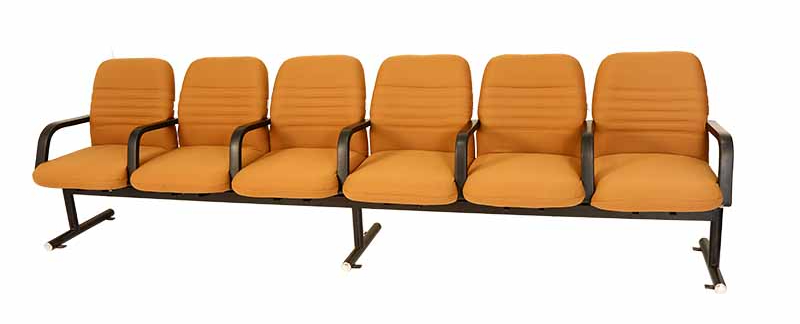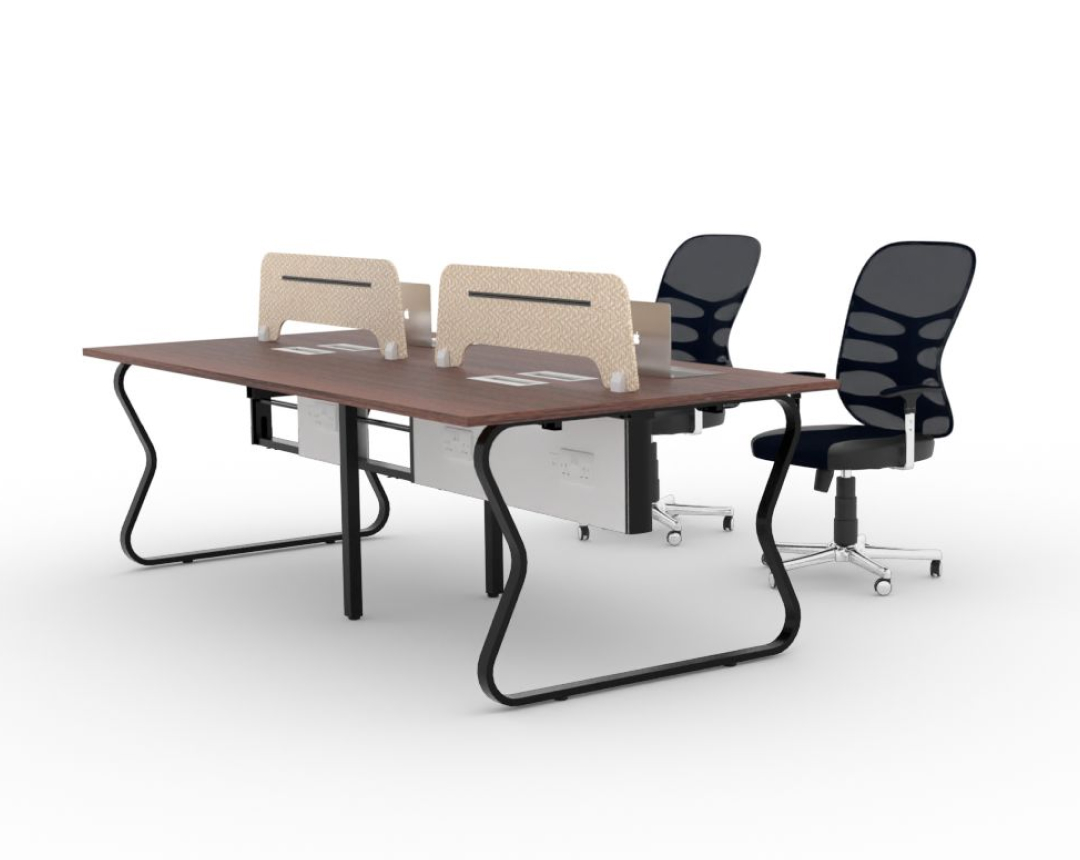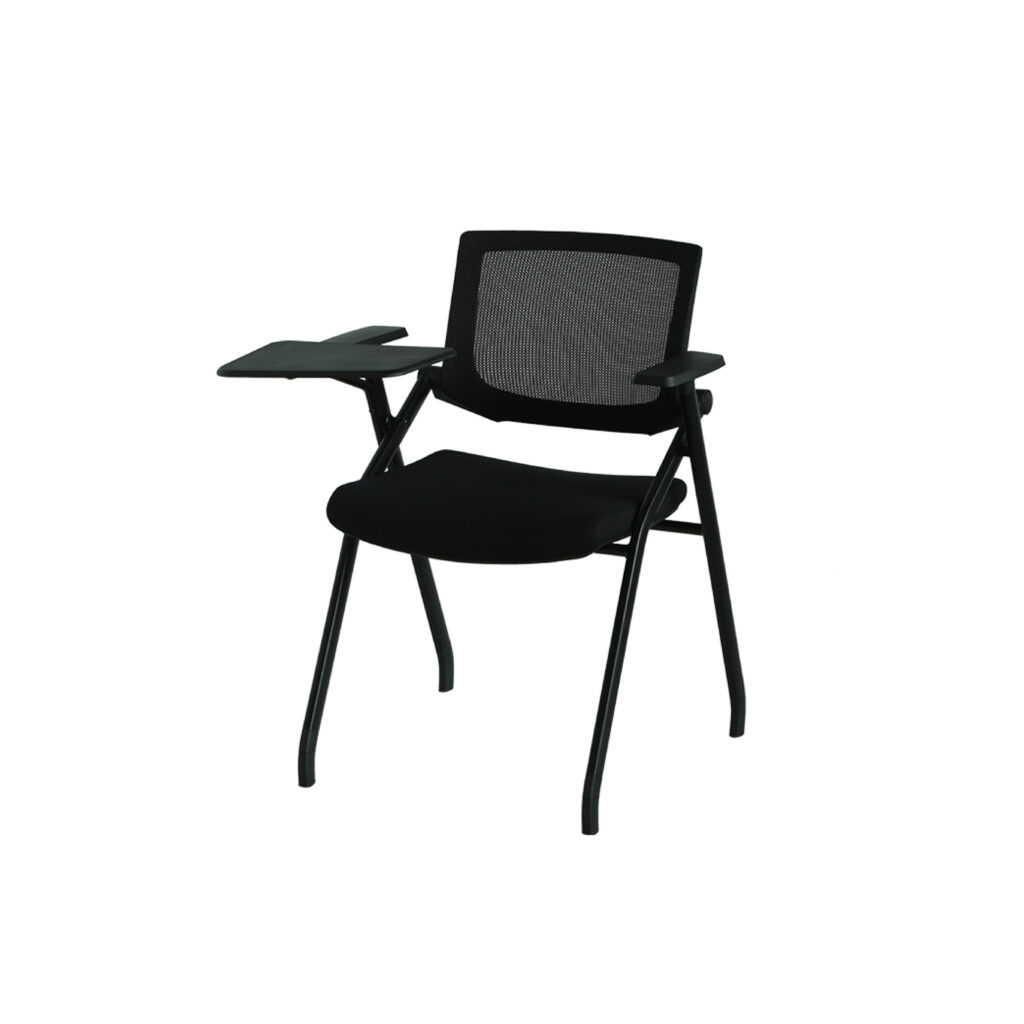When you walk into a kindergarten classroom, what catches your attention? Is it the vibrant splash of colour or the cheerful artwork on the walls? Believe it or not, more than anything, the furniture plays a starring role in creating a stimulating and nurturing environment for your little ones, directly impacting the overall learning/educational experience.
Let’s dive into the fascinating world of kindergarten furniture and discover how it transforms a simple room into an educational haven for tiny tots.
Why is Furniture the Focal Point in a Kindergarten Classroom?
Kindergarten is where children take their first steps into the world of education. It is a unique learning environment, unlike that of regular classrooms, that sets the stage for social interaction, exploration, and creativity.
How does well-planned/thoughtfully chosen furniture illuminate a child’s learning journey? Each carefully selected piece of furniture ignites curiosity and fosters connections among young learners. Hence, every aspect—from the furniture paint colour and design to seating arrangement—plays a crucial role in facilitating physical and emotional development, interaction with peers, engagement with lessons, and an undeterred focus on what is being taught in class.
There are a plethora of reasons for choosing the right furniture for kindergartens:
- The right furniture helps organise the classroom, allowing for efficient use of classroom space and easy navigation.
- Varied seating options encourage group projects, solo learning, or cosy reading nooks.
- Classroom furniture also reflects the school’s pedagogical approach. Group tables encourage collaborative learning, while individual desks adopt a traditional classroom approach.
- Thoughtfully designed furniture leads to improved motivation and learning outcomes.
- Furniture designed explicitly for kindergarten ensures children’s safety.
When children feel comfortable and empowered/feel a sense of ownership in their learning space, they embrace their learning journey with open arms. Therefore, the furniture used in kindergarten is not just an element of the classroom; it helps shape young minds while creating opportunities to actively and enthusiastically participate in activities.
Also Read: The Psychology of Colours in Preschool Furniture: How it Impacts Young Minds
List of Kindergarten Furniture Types Required for Classrooms
The furniture type selection for a kindergarten depends on the specific requirements of the kindergarten and its students. Understanding the essential kindergarten furniture types helps educators make informed decisions for their classrooms. The fundamental pieces of furniture include:
Chairs: For Comfort and Support
Kindergartens need thoughtfully designed chairs. They are the foundational furniture elements that elevate the kindergarten experience. Chairs provide children with a comfortable place to sit, read, interact, draw, colour, and attend class.
When choosing kindergarten chairs, you should consider:
- Adjustability to accommodate children of different heights and sizes. Adjustable chairs should ensure good posture and comfort, fostering healthy sitting habits from an early age.
- Ergonomic features like back support and armrests to eliminate the likeliness/risk of developing back problems in the future by maintaining good posture.
Tables: For Collaboration and Creativity
Whether it is a group project, reading/writing/drawing corner, or snack time, tables provide a surface for the children to use and work on.
When choosing kindergarten tables, you should consider:
- Sturdy build to withstand the activities of young children.
- Durable table materials can endure scratches, spills, and general wear and tear when little creators are at work with paints or having snacks or meals.
- Child-friendly proportions—perfect height, length, and size—to allow children to comfortably reach the table surface without slouching or straining.
Adjustable tables are ideal and a great option; you can modify them to accommodate children of varying heights.
Storage Solutions: For Organisation and Accessibility
Kindergarten classrooms need as much storage space as higher classes to create an organised learning environment and keep the clutter out of the way. The right storage solutions—furniture with built-in storage solutions—can transform a room into a tidy, functional, and inspiring space for young minds.
Here are some dynamic storage options commonly used in kindergartens:
- Shelves: Store books, puzzles, toys, bags, and other learning materials. Whether wall-mounted or freestanding, shelves can be arranged in creative ways to spark curiosity and encourage children to explore stories and activities, depending on the classroom layout and the space available.
- Cubbies: Provide individual storage spaces for every child, which can be exciting and personal. These cosy compartments can be integrated into tables or placed alongside the classroom walls, enabling the children to keep their belongings organised and have a sense of ownership over their belongings.
- Bins and Baskets: Versatile storage solutions for storing art supplies, toys, and other small items. They can be labelled to help children easily access and identify their belongings.
Salient Aspects to Consider for Furniture Used in Kindergarten
The market has hundreds of different types of kindergarten furniture. Have you considered what truly matters in your selection? Regardless of your choice and budget, there are some fundamental aspects to consider:
-
Critical Safety Features
Children’s safety is a top priority. To ensure a safe haven for precious little ones, choose tables and chairs with rounded edges to prevent them from bruising themselves. Also, look for sturdy furniture that withstands every bump, bounce, and tumble.
-
Essential Ergonomic Design
Good posture is essential for children who spend several hours doing various activities. Choose furniture that aligns with the size and needs of young children and fosters concentration and collaboration without discomfort.
-
Vital Durability Requirements
Choose high-quality furniture made of durable materials that can handle daily spills, paint splatters, and the enthusiastic handling of playful and energetic kids. Moreover, easy-to-clean surfaces mean less time worrying about messes and maintenance and more time enjoying the magic of learning.
-
Key Versatility Elements
Always choose lightweight, easy-to-move-around furniture that facilitates quick and seamless layout transitions/modifications between lessons to encourage solo or group activities. This flexibility keeps the classroom dynamic and engaging, sparking curiosity and collaboration among young learners.
Choose the Right Furniture for Kindergarten Classrooms
The choice of furniture in kindergartens goes beyond mere practicality—it shapes an enriching environment that fuels young imagination and fosters development. Each chair, table, and storage solution plays an essential role in creating safe and comfortable spaces where children can thrive.
Ready to transform your kindergarten space? At Inspace School Furniture, one of Chennai’s trusted school furniture manufacturers, we understand how the right furniture creates the foundation for effective learning environments. We offer safe, ergonomic, durable, and versatile furniture for kindergarten in various designs and colours. We also manufacture customised school furniture to match your school’s official colour and aesthetics.
Want to discuss your school furniture requirements? Get in touch with our team today!


